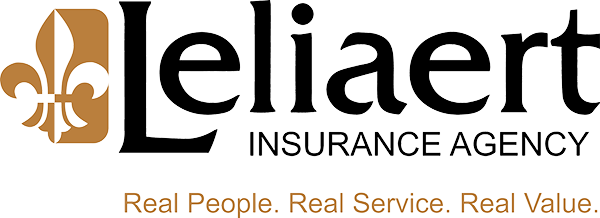Cash value life insurance provides investment opportunities to earn interest over the policy’s lifetime. This type of life insurance policy features a separate partition that acts as a savings account, called the cash value. And, these life insurance policies let the holder access the interest on the cash value.
Learn everything you need to know about the 4 types of cash value life policies available and how they differ. Find out how a cash value policy works, what benefits they offer in the short vs long-term, and the responsibilities associated with them. And, see how these 4 types of cash value policies rank next to each other on the risk/reward scale.
What are the 4 Types of Cash Value Life Insurance and How Do They Work?
A cash value life insurance policy is one of 4 different types of permanent life insurance that earns interest over time. In general, the types of permanent life insurance with a cash value feature include whole life insurance, universal life insurance, variable universal life insurance, and indexed universal life insurance. And, the investment activity widely varies on a risk and reward scale, depending on which type of permanent life insurance policy you choose.
The biggest difference between this type of life insurance policy and a term policy is the assurance of interest in a separate cash-value account. The cash value portion of your account is accessible to borrow money against, or as liquid funds. So, like a savings account, a cash value account takes a portion of your monthly premium to use in an investment account that grows over time.
How Does the Cash Value Portion of Permanent Life Policies Work?
Every life insurance company is slightly different when it comes to the details of creating a policy. But, in general, there are two main elements at play in how permanent life insurance works. A permanent life insurance policy usually features a death benefit and a cash value.
The death benefit works similarly to that of any other type of life insurance. The value of the death benefit is bequeathed to a beneficiary at the time of the insured’s death. The amount of death benefit a policy pays depends on the face value of the policy – just like term life insurance.
The other element of permanent life insurance is the cash value. The cash value is in addition to the death benefit and acts as an investment account. The principle for the cash value portion comes directly out of the monthly premium, which makes these types of policies more expensive than those without a cash value feature.
Unlike the death benefit, you can access the cash value portion of your account at any time during your life. Over the life of the policy, the interest accrued in cash value is tax-deferred. Some policies offer a more stable return, whereas others offer an aggressive approach, and how much return the cash value portion yields is contingent on the type of policy you choose.
How Does Accessing the Cash Value Work?
The cash value portion of your permanent life insurance policy is accessible by several means, contingent on the stipulations of your policy. In general, the cash value is accessible by withdrawal, loan, surrendering the policy, or payment of policy premiums. Depending on the type of policy, there may be consequences or penalties for accessing the cash value.
Make a Cash Value Withdrawal
Withdrawing the cash value from your account is the most convenient and common way of accessing the cash value. As long as the amount being withdrawn is less than the premium paid thus far into your cash value account, withdrawals are tax-free. If, however, the amount you withdraw exceeds that which you have paid into the cash value, it is taxed by the IRS as standard earned income.
Borrow Money Against the Cash Value
Another option is to take out a loan on the cash value of your policy. You can borrow against the premium payments already made and the interest accrued by the cash value principle. And, loans taken against the cash value of your permanent life insurance policy are tax-free, as well.
But, if you die with outstanding debt from a loan against the cash value, the remainder is taken out of the insured’s death benefit value.
Close the Policy and Get the Cash Value
If you decide to surrender your permanent policy you can access the cash value, but not before paying a few fees. Most insurance companies require the policyholder to pay a surrendering fee when closing the policy. And, you also run the risk of being charged income tax on the value of your policy after it is dispersed back to you.
Use the Cash Value to Pay Monthly Policy Premiums
The other common way of utilizing the cash value is to help with premium payments for your permanent policy. Most insurance providers allow the policyholder to use their cash value to pay monthly premiums, as long as it doesn’t reduce the principle and cause the policy to lapse. And, if you are having trouble paying your monthly premiums, this type of life insurance might not be the right fit for your finances.
If you’re interested in a life insurance policy that features an investment aspect, a cash value policy might be the right choice. But, how do you know if it is the best option for your future? Talk to an insurance associate for a free consultation on whether a cash value life insurance policy serves your current and long-term needs.
